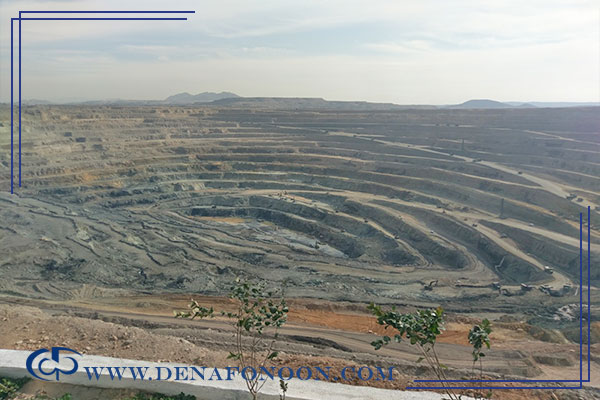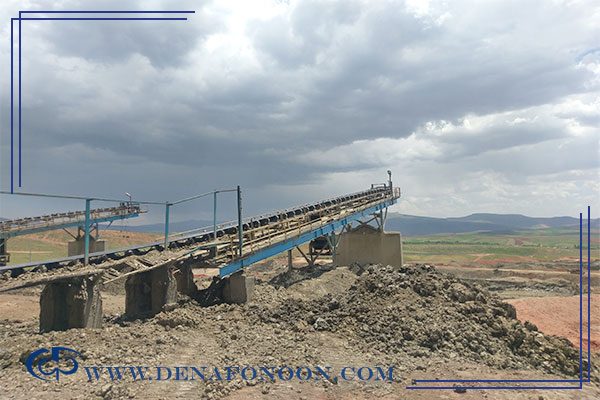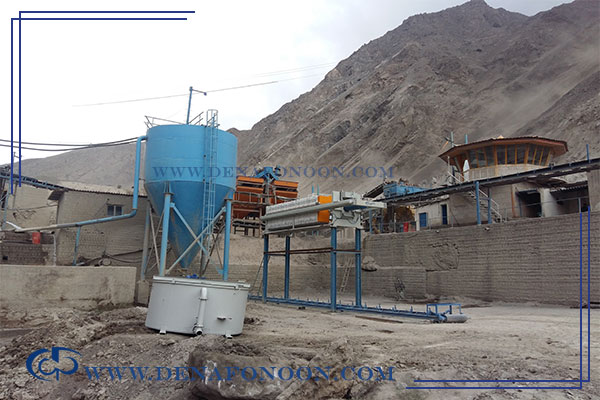Best concentrate filter press
Best concentrate filter press
VisitCount 18
Concentrate Filter Press
Concentrate filter presses are commonly used in mines, including iron ore mines. Like other mining filter presses, they are usually manufactured in large dimensions. The large size of these filter presses includes the following features:

1.Large plates, usually with dimensions such as
- 100 × 100 cm
- 120 × 120 cm
- 150 × 150 cm
- 200 × 200 cm
2.A high number of plates, typically starting from 40 or 50 plates and upwards.
3.High output from factories using concentrate filter presses.
4.Large quantities of water collected from the concentrate filter press.
5.Very high filtration capacity. In factories where concentrate filter presses are needed, extra units are always installed. For example, if 4 filter presses are required in the production line, 6 are usually installed. This is done so that if one filter press malfunctions due to heavy load, the production line does not completely stop, as a backup unit will be available.
6.Much stronger structures compared to standard types, because the materials entering the filter press have very high density.
7.Filter press plates are also made of PP (polypropylene cloth).
8.Fully automatic operation the process runs automatically, plates open automatically, and the slurry (cake) is discharged between the plates without manual intervention.
9.Special filter cloths are used in this type, designed to separate even the finest iron ore particles from the liquid, preventing them from passing through the fabric.
10. The filter cloths must be smooth/slippery so that materials can be discharged easily after pressing.
11. These machines usually have very high wear and tear.
12. Air blowing is performed between the plates to maximize cake drying.
13. The pumps used in the filter press must be abrasion- and corrosion-resistant, since the incoming materials are metallic and quickly cause rust and erosion. For this reason, diaphragm pumps are commonly used as they are less prone to wear.
14. The concentrate filter press tends to produce a lot of spillage and is generally much dirtier and less organized compared to, for instance, a stone-cutting filter press.
15. Conveyor belts are used with concentrate filter presses to prevent slurry from spilling onto the ground. The conveyor can be synchronized with the press so that it operates when the filter press is running, ensuring smooth discharge.

16. These filter presses are usually installed in a dedicated hall at a certain height, with conveyors placed underneath to collect the discharged output and transfer it outside the site.
17. Monitoring systems are implemented: the electrical control panels are separated from the filter presses and installed in a dedicated control room. An operator inside this room supervises and monitors the filter presses.
The electrical control system of these filter presses is separated to protect it from slurry splashes, preventing contamination, maintaining functionality, and extending its lifespan. It should also be noted that the electrical system of concentrate filter presses is designed in a network configuration.
Parts of the machine that contain bearings or vulnerable components are usually covered for protection. Accordion covers are placed on the jack shafts to prevent splashes of solid materials, thereby avoiding corrosion and damage.








